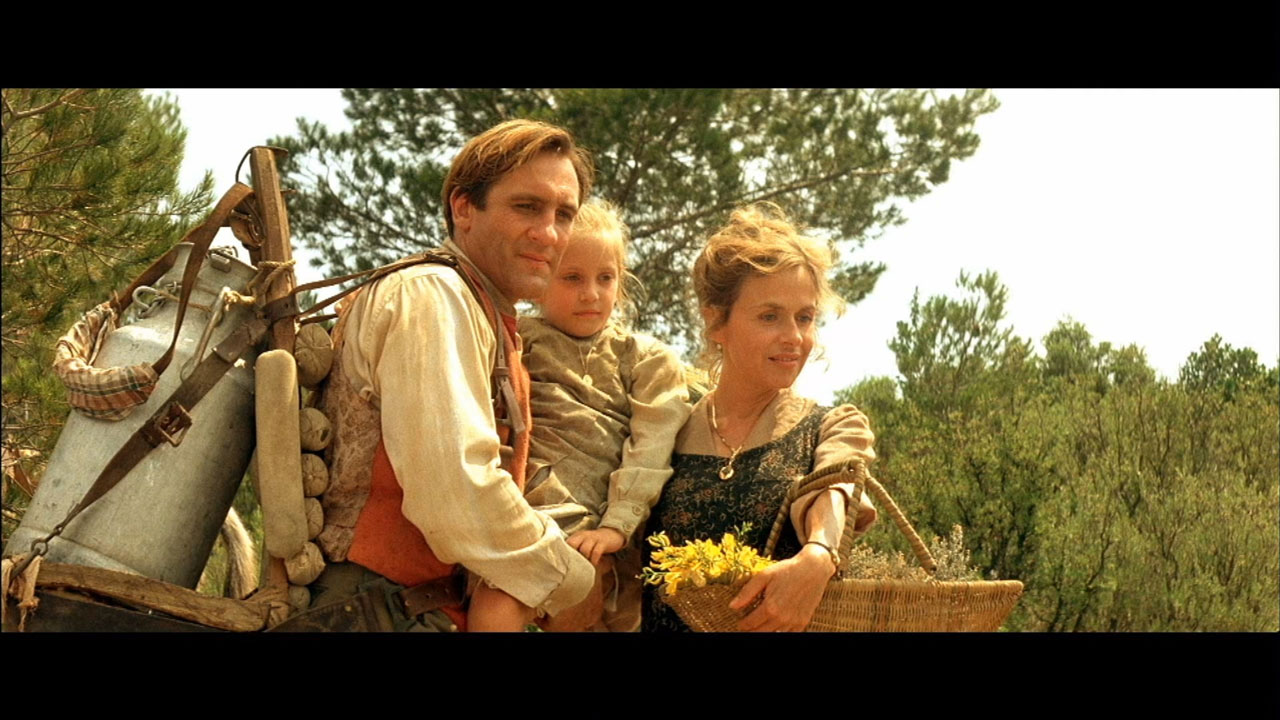Quiet Man , The
THE QUIET MAN : MOVIE REVIEW
3 STARS / 5 ( GOOD )
DIRECTOR : JOHN FORD
CINEMATOGRAPHER : WINTON C. HOCH
ENGLISH , 1952
Tip : Watch on DVD quality , as faded old-cassette-type prints will water down the film’s specific assets.
The ‘ Quiet Man ‘ is a useless, retrograde, shamelessly sexist over-extended romantic drama set in idyllic Ireland. What would make it worth watching even a hundred years after its 1952 release are Winton C. Hoch’s splendid painterly cinematography of pastoral Ireland, the magnificent Maureen O’Hara who is a feminine distillation of the landscape ( which is surely not a sexist thing to say) , and director John Ford’s penchant for wide-screen nature shots, here a verdant inversion of the parched Western.
To Ford’s credit, the film was beneficial to Ireland in more ways than one. The nation was not as affected as England was by World War II, and its economy was still fairly healthy but poor governmental planning caused an economic downswing that engendered the emigration of thousands. The hero here – Sean Thornton ( a finely assuredly rugged John Wayne ) – an American, actually returns to his ancestral Ireland to chart a new beginning, thus enticing others to do so, given the delights steadily disclosed.
The train is painted green and the horse-driven cart that takes Thornton away traverses beauteous countryside. Local folk – the priest, the barmen, the middle-aged people - who knew his grandfather and father, welcome him. It is a charming town called Innisfree, surrounded by lush countryside, all of which to Thornton’s mind, channels empyrean realms as depicted by his parents. Celestial innings further beckon when he beholds the sublime willowy redhead Mary Kate Danaher ( Maureen O’Hara) in a meadow. Now wild horses and titanic steamships would not be able to drag him back to steel-chewing Pittsburg.
The hitch in the craw erupts when the modest but pretty cottage belonging to his forefathers that Thornton wants to buy, is also the purchase target of the lumbering foul-tempered Will Danaher ( Victor McLaglen) who happens to be Mary Kate’s brother. Sean wins the house, while Will’s disapproval of him worsens. A romance blooms betwixt the two strapping leads , with brother Will keen as the thorn.
This was planned as a light-hearted film, like a vacation in the Irish countryside, so don’t expect much narrative depth. The bulk of the film comprises Will’s refusal to let Sean and Mary Kate live peacefully, first in his opposition to the marriage and then his reluctance to part with his sister’s dowry. Some filler is eased in, via a horse-race by the beach-side with green hills flanking the racing area – it is neatly choreographed, shot and edited, but means little by the end of the film, its little politics aside.
Technicolor soft-focus glory redeems the entire film – from the excellently captured environs to the cozy European-furnished clubby interiors, not to mention the heroine enshrined in poster-worthy palettes. It would play very well on a wintry night with a fire roaring, hopefully with a robust dinner and wine to keep you going when the film’s charms wax and wane. Meadows sing with waving emerald foliage, and silvery streams and rivers cut through the quilt, while local folk promise fat trout. Rooms are warmly furnished and lit – leather chairs, fireplaces, tablecloth set upon by fulsome dishes and men ( but not a single woman) eating heartily with knife and fork. Whatever economic strife or uncertainty there was in Ireland in 1952 , you will not see here. We see the eating of a lot of potatoes - here you have to hand it the filmmakers for cultural accuracy – the Irish love their taters more than any other European nation. Don’t forget the drinks – large dark glasses of stout dominate.
It is Maureen O’Hara who is the film’s hero. Thanks to the stupidity and sexism of the film-makers, her Mary Kate suffers grievous harm but by then she’s proved her noble chops. Any lass can have God-given sculpted looks, but O’Hara racks it up with spunk, vulnerability, humour and a sheer endearing spirit that would be the envy of modern Hollywood. John Wayne struts easily through the film with his thespian chops on cool controlled display. His Sean Thornton is a tough-smooth man, calmly dealing with those who come his way, sure of what he has and what he doesn’t. He courts Mary Kate with a provocative mix of measured yet shamelessly bold drive. Once, when she has a go at him for planting roses instead of vegetables, he silences that censure in a swift curt way that is less male-chauvinistic than regally dismissive. But the ending sequence, in which his physical handling of her explodes high and insane as he drags her over several kilometres ( the natural beauty was lost along that terrain) , with the crazy town-folk condoning his aggression, never mind if she dropped dead along the way, just kills the sense of decency, let alone chivalry. How much more “hard-hitting” would it have been had they exchanged a passionate, honest, rending expression of what was eating away at their sense of togetherness. Alas, their pairing, which could have been a memorable pastoral romance, is marred by this manhandling galore that is hardly comic. That major regret of domestic violence aside, my purpose of starring this film in these columns is to celebrate its tranquil picturization of verdant bucolia – the type which inspires film-makers for years and decades to similarly capture natural beauty, and for film-watchers to long to actually experience such paradise in reality.
UPN
UPNWORLD welcomes your comments.










0 COMMENTS
WRITE COMMENT